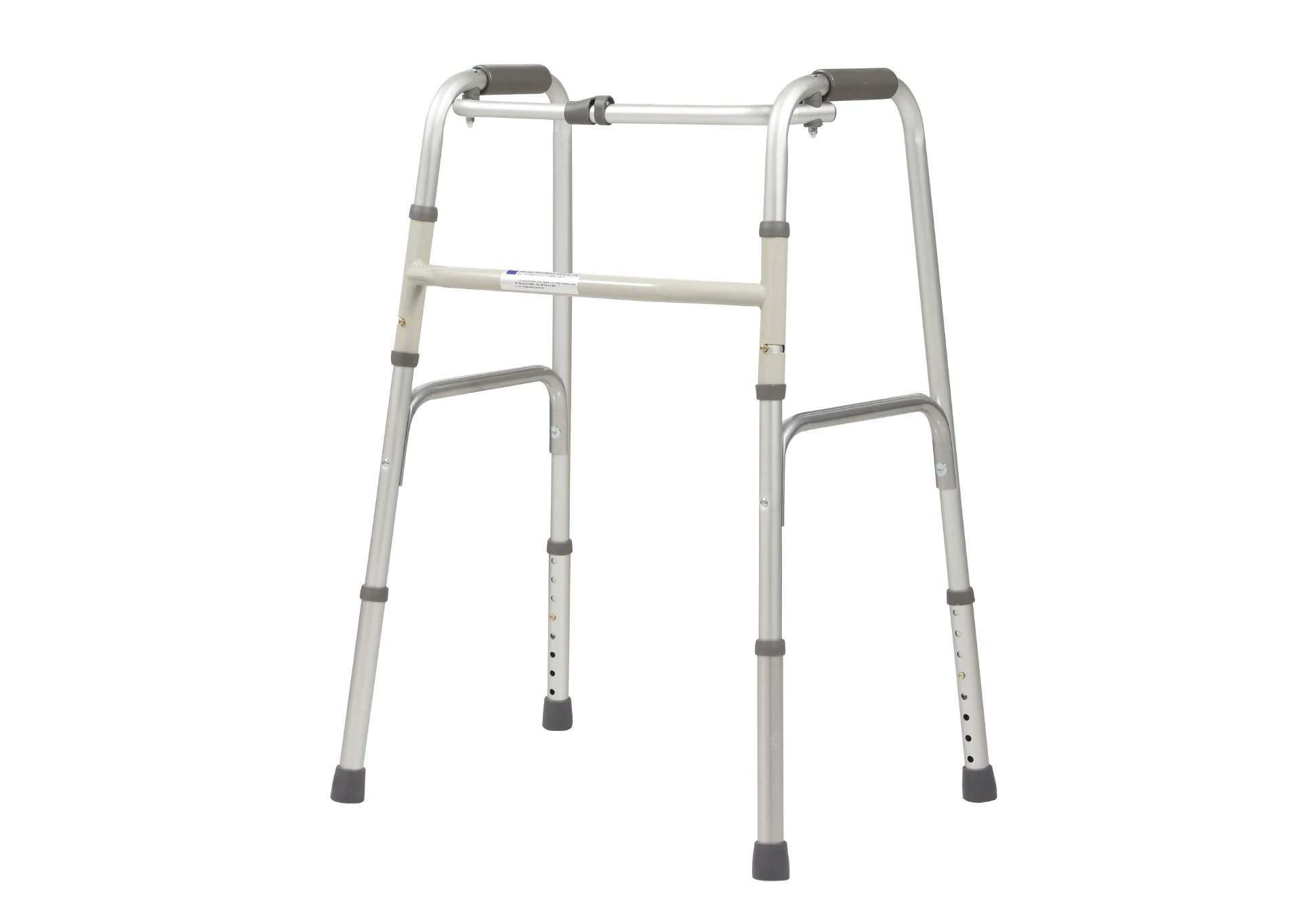Welcome to our websites!
wheelchair for stroke patients
Wheelchairs for Stroke Patients Enhancing Mobility and Independence
Stroke is a leading cause of long-term disability worldwide, often resulting in physical impairments that affect mobility. Many stroke survivors experience difficulty in walking, which can severely limit their independence and quality of life. For these individuals, a wheelchair can be a vital tool, providing not just mobility but also a sense of autonomy.
When considering wheelchairs for stroke patients, it is important to recognize that these devices are not merely about transportation; they represent freedom and the ability to engage with the world around them. There are various types of wheelchairs available, including manual and electric options. Manual wheelchairs require the user to propel themselves, which can be beneficial for those with some upper body strength. In contrast, electric wheelchairs offer powered mobility, allowing individuals with limited upper body function to navigate their environment with ease.
Choosing the right wheelchair involves careful consideration of the stroke patient’s specific needs and abilities. Factors such as weight, size, ease of use, and potential seating adaptations play significant roles in this decision. It is essential to involve healthcare professionals, such as occupational therapists and rehabilitation specialists, who can provide valuable insights into the best options available.
wheelchair for stroke patients

One of the most critical aspects of a wheelchair for stroke patients is comfort. Prolonged sitting can lead to pressure sores and discomfort, making adjustable seating and cushioned support crucial features. Many modern wheelchairs also come equipped with recline and tilt functions, helping to alleviate pressure and improve circulation.
The psychological impact of using a wheelchair cannot be overlooked. For many stroke survivors, adjusting to life with a wheelchair can be challenging emotionally. It is essential to promote a positive outlook and independence. Wheelchair users should be encouraged to engage in activities they enjoy, whether it is going out for a walk, participating in social events, or even traveling. Community support groups and rehabilitation programs can play a significant role in helping individuals adapt to their new circumstances.
Moreover, technology is continually evolving, enhancing the functionality of wheelchairs for stroke patients. Innovations are making wheelchairs lighter, more maneuverable, and equipped with advanced features like joystick controls and smart technology, allowing for a more intuitive user experience.
In conclusion, wheelchairs are indispensable tools for stroke patients, offering them mobility, independence, and a renewed sense of self. When selecting a wheelchair, it is vital to consider individual needs and preferences, ensuring comfort and ease of use. By providing the right mobility solutions and fostering an encouraging environment, we can enhance the quality of life for stroke survivors, empowering them to reclaim their independence and engage in their communities.
-
Transforming Healthcare with Hospital FurnitureNewsJun.24,2025
-
Rehabilitation EquipmentNewsJun.24,2025
-
Mobility and Independence with WheelchairsNewsJun.24,2025
-
Freedom of Mobility with Our Rollator WalkersNewsJun.24,2025
-
Comfort and Independence with Commode ChairsNewsJun.24,2025
-
Bathing Safety and Independence with Shower ChairsNewsJun.24,2025
-
Navigating the Wholesale Landscape of Electric Mobility Solutions: Key Considerations for Power Wheelchair DealersNewsJun.10,2025











